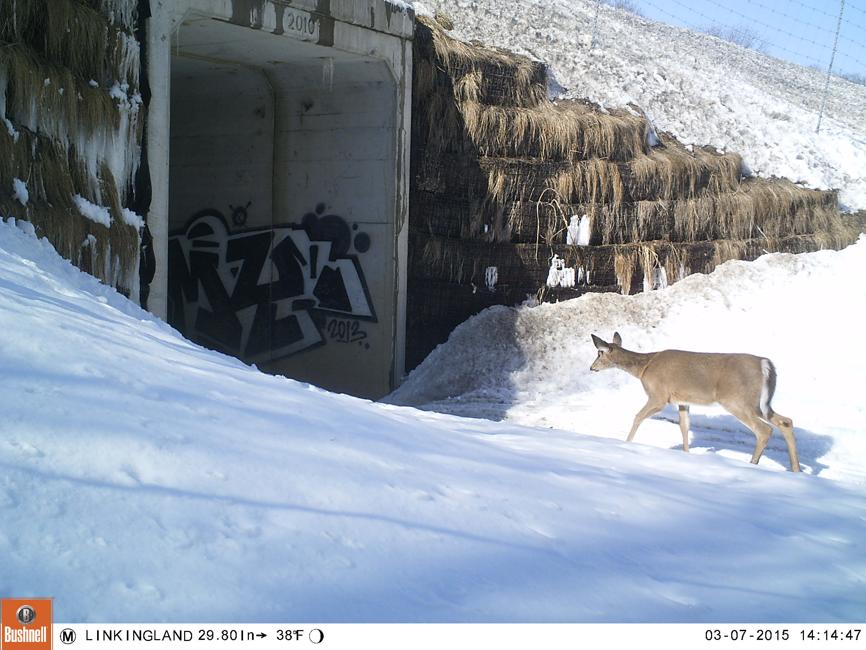

Which stretches of roadway in Massachusetts are deadliest for animals?
That’s a question that state officials are trying to answer in an effort to not only save animals’ lives, but also to reduce risks for people inside vehicles that collide with them.
Officials from the state Division of Fisheries and Wildlife and the Department of Transportation recently released a trove of data, including the types of animals most frequently hit and killed by cars and where they perish.
In a new report summarizing the data, which cover 2010 to 2017, officials note that, because tracking road kill is a fairly new endeavor, there are significant caveats and limitations to the information they’ve gathered so far, which is something they hope to improve upon going forward.
Still, they say the data offer some potentially valuable insights that could help state officials pinpoint areas where certain measures — new signs for drivers, for example, or fencing to steer animals away from busy roads — could reduce animal-vehicle collisions.
In Massachusetts, the estimated number of vehicle collisions with deer alone has ranged from about 7,500 to 10,750 annually in recent years, according to data tracked by the insurance company State Farm, which says the national average cost for such claims was $4,179 in the 12-month stretch ending June 30, 2017.
“We’re trying to identify those areas that are hot spots where it might be feasible to reduce those motor vehicle-animal collisions,’’ said Tim Dexter, a biologist for MassDOT Highway Division.
“The next step for these areas that were identified as hot spots is to take a closer look at on the ground to vet them ourselves.’’
General hot spots in the report include 19 roadway segments, five of them on Interstate 495.
Officials plan to study those locations before makingrecommendations.
“We’re going to see if there’s something on the ground where it warrants signage or some other measure,’’ Dexter said.
Cost, as always, will be a key factor.
“We realize resources are limited and anything that can be done, we want it to be done in an efficient process,’’ said David Paulson, a biologist with MassWildlife.
State officials hope that by releasing the data, they will raise awareness and encourage more people to report road kill and areas where animals regularly cross or wander onto roads.
Reports can be submitted online.
The report came at a fairly low cost to the state, officials said.
Data collection was either done by “citizen science’’ volunteers or by state employees as part of their regular duties. Plus, some of the data — car crash statistics, for example — were already being collected by the state.
Analyzing the data and developing the report cost about $9,100.
One way that officials hope to collect better information about animal-vehicle collisions is via a new mobile phone app available to transportation department maintenance staff to record road kill when they remove it from roadways.
The state began rolling out the app earlier this year. That, too, came at no real cost because it was built using an existing technology platform the state already uses to collect pothole repair data, officials said.
Matt Rocheleau can be reached at matthew.rocheleau @globe.com. Follow him on Twitter @mrochele.



